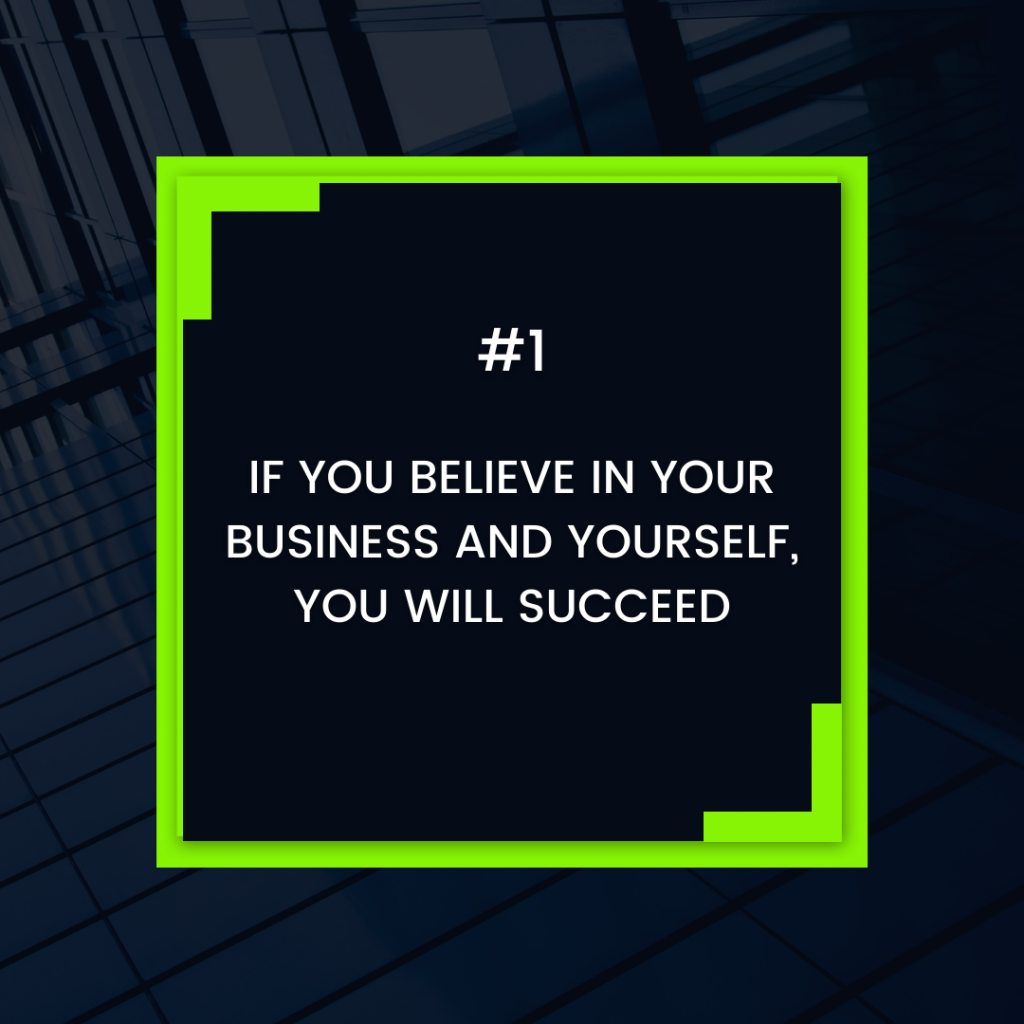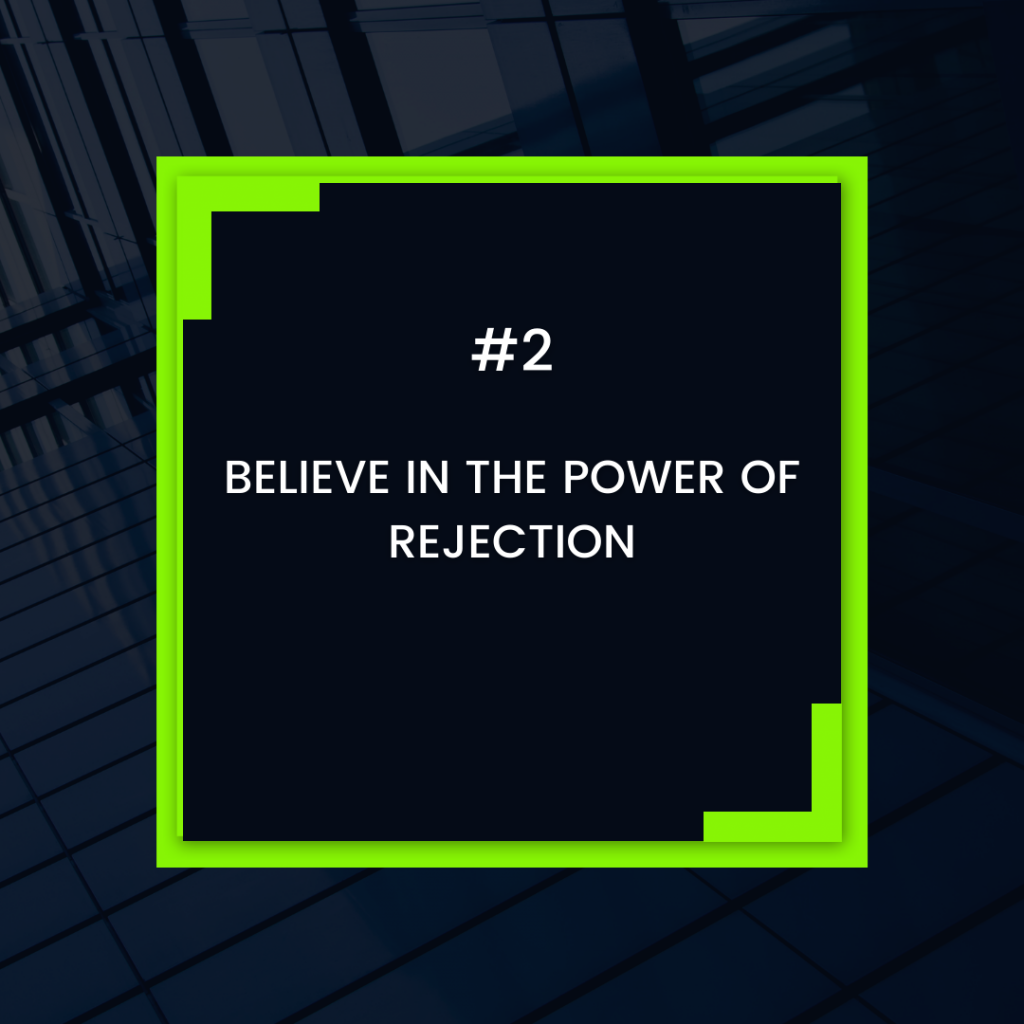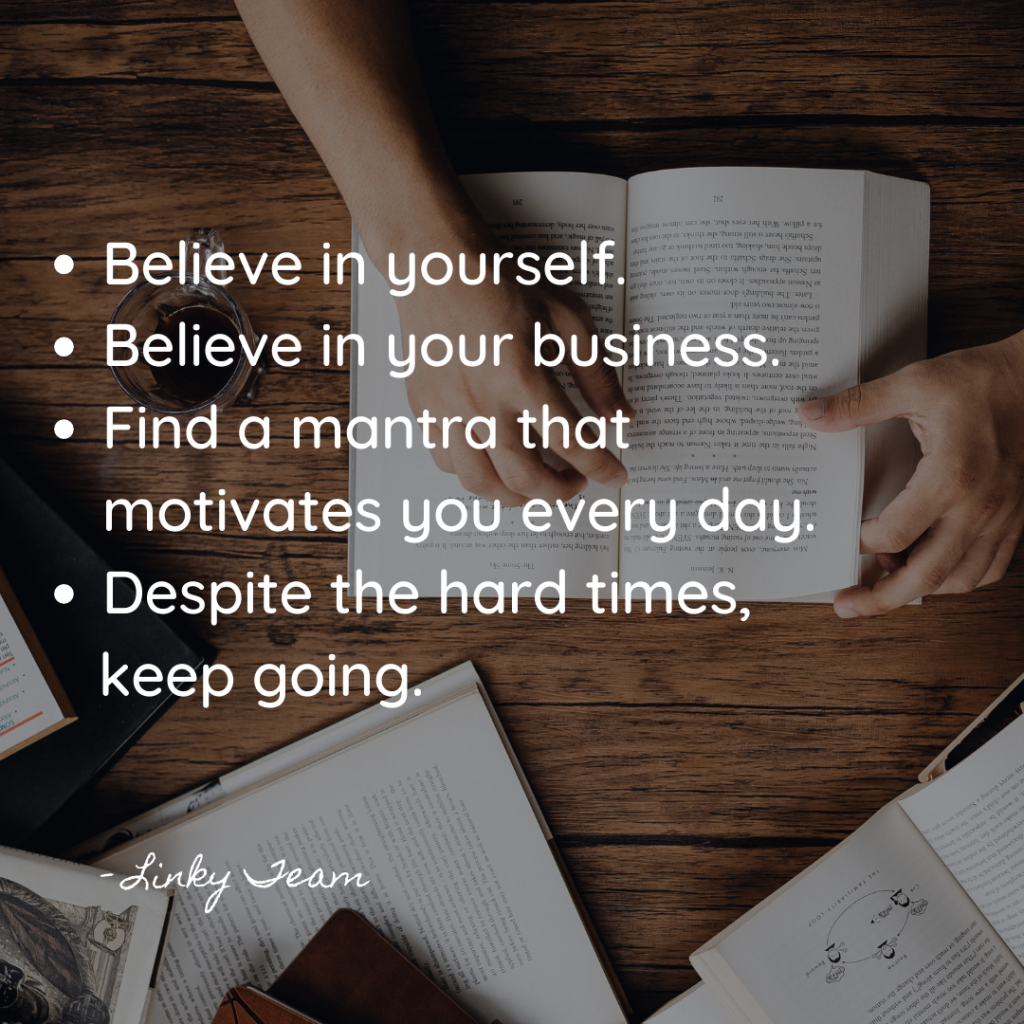When you create your own Start-Up there are several steps that you have to take along the way. Unfortunately, passion, dedication, and a clear idea are not enough: a fundamental requirement is the capital, necessary for the idea to turn into a real project.
It’s part of the famous triad Team – Idea – Capital, the ABC to turn a good idea into a winner.
Step One: Invest some capital, or ask friends/relatives to do so.
Bootstrapping indicates self-funding through equity, usually the savings of the startup’s founders. This is usually the first graft of funds a start-up gets.
Another way is to ask for support from relatives/friends. The idea of asking for funds from people you know doesn’t appeal to some entrepreneurs, but many of the world’s top tycoons readily admit to borrowing from their social networks early in their careers.
Bringing in capital from family and friends is an initial validation of the idea and allows the entrepreneur to get a piece of the action.
In our case, we started with a modest amount of capital from us founders, with the added support of Stefano, the first external person to believe in the project.
This allowed us to validate the idea with someone other than us founders and most importantly allowed us to take the first steps:
– set up marketing structures to showcase the project;
– to make the first prototypes going ahead with the validation of the idea.
Second Step: crowdfunding
Crowdfunding is one of the favorite ways of the digital economy, and probably the fastest way to get funding for a new business. You don’t even need to be very tech-savvy to launch a crowdfunding campaign. If everything goes according to plan, you’ll have capital that you won’t have to pay back. As a side benefit, crowdfunding is an elegant form of advertising, a way to stimulate public interest in your company before it even debuts. The difficulty, needless to say, lies in making your voice heard in the vast crowdfunding landscape.

For us, the first step was preparatory to the second.
In this step the goal is to understand if the idea is actually a winner, that not only relatives and friends and the founders themselves like it but also potential customers. This allows not to waste time and, above all, to optimize the product and talk directly with the future customer.
We chose Indiegogo to raise the first capital, but there are also other platforms such as Kickstarter and Eppela.
Once the project has been funded, external people have believed in it and you received pre-orders, you have to complete the idea and put it on the market.
How? More funding will probably be needed.
Tip #1:

This has been my mantra for a long time and still is. It’s written on the first page of my gratitude journal (yes, I have one) and it’s written on a yellow post-it note that I taped to my bathroom mirror. It gets me through the bad days and makes me 10x more grateful on the good days.
Third Step: Find Business Angels
The investments involved in producing projects are quite expensive, and in most cases, the funds collected through pre-orders are not enough.
At this point the step to take is to look for professional investors, the Business Angels, people who are dedicated to this activity for profession or for pleasure, believe in projects in their preliminary phase when the idea is not yet mature enough for venture capitalist funds, which need the metrics of validation and control of the idea that at the moment the start-up cannot provide, because obviously it is not yet billing, and its product is not yet in the market.
How do you find Business Angels? You need to put on a brave face and go to the places where capital is circulating, where you are more likely to meet this kind of personality.
Tip #2:
 If I were to say that there is one belief that you absolutely must have as an entrepreneur and founder of a startup, it is to be able to believe in the power of rejection.
If I were to say that there is one belief that you absolutely must have as an entrepreneur and founder of a startup, it is to be able to believe in the power of rejection.
Throughout the course of your business, you will show up for a lot of challenges that you will not win. Often, you’ll get rejected, you’ll be told you’re not good enough, your price isn’t low enough, you can’t deliver fast enough, or you don’t have enough experience. If you believe that each of these reasons makes your startup stronger and gives you a chance to improve, you will be very successful.
The more you know how to deal with rejection, the more chances you’ll have to discover opportunities that other startups in your niche haven’t seen.
For us, the cradle of opportunity has been Milan. We participated in business plan competitions, in many pitches where we could talk about ourselves.
At this stage more than ever you need to get involved, show yourself, prepare a deck, and train yourself to speak in front of people. Right in this period, we found Rancilio Cube and Italian Retail, the first two real investors of Linky Innovation.
That’s how we started to get people talking about us.
Tip #3:

To get an investor’s attention, make sure your product solves a real problem. Too many entrepreneurs are simply trying to reinvent the wheel, so avoid being one of them.
As Jeff Hammerbacher, founder and chief scientist of Cloudera, said, ‘The best minds of my generation are thinking about how to get ads to click.”
As the old saying goes: Fortune favors the bold.
Do something wonderful. You are capable of it.
Wrapping up
For every “low” there will be a “high” coming.
Remember, your startup journey is a roller coaster so for every “low” there will be a “high” right around the corner.
Of course, you never know when the “highs” will come – but you have to trust, they will come.
The next time you’re experiencing one of the inevitable lows in your startup journey, remember that everything can change in the blink of an eye.
Good luck.

